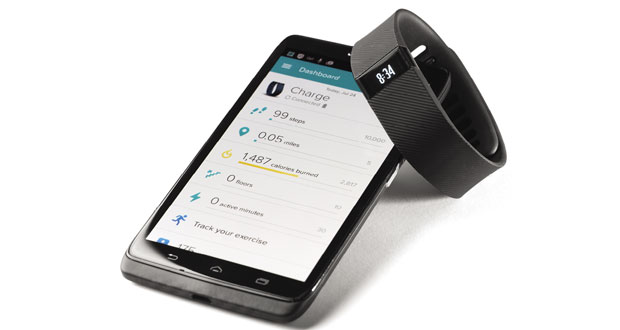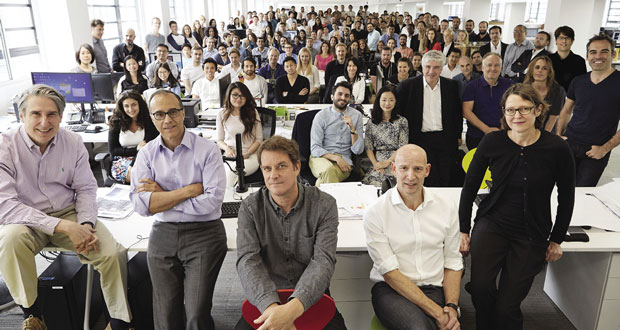PILOT RESULTS
The open-plan office and one of the biophilic scenarios have the most positive outcomes overall, and working from home also generated good wellbeing values when natural light and indoor plants were present. Perceived environmental conditions, such as aesthetics, access to light, thermal comfort and air quality, had a strong correlation with the level of valence and arousal (recorded twice a day). For example, the more satisfied the subject felt about the space, the more frequent positive emotions they experienced.
The cubicle scenario was an enclosed solitary workspace without views out and no greenery. Although this had no impact on the subject’s physical activeness or posture, the data suggests that it negatively affected their moods and emotions. Alongside this, the perceived physical activeness was similar in all six scenarios except the cubical scenario. It seems that the participant in the cubicle felt they were physically disconnected from their colleagues.
It also transpired that travelling to and from work was an important opportunity to be active during the work day. It also has an impact on the mood of participants when they arrived at work in the morning. It was noticeable that the participants who travelled by tube felt more negative compared with those who travelled by foot (5 km) or using their own vehicle.
This illustrates how the commute is often the most stressful part of the day and more often than not we have no transition between this and beginning our work. Design can play a huge part in relaxing people from their commute and getting them physically and mentally ready for the workday. Biophilic design throughout a workplace – plants, natural materials, light and ventilation, and views out – can help to normalise our vitals before we even get to our desks.
There is more which can be done though. In PLP Architecture’s 22 Bishopsgate project, we included an extensive Active Commuter Park, which includes everything from showers and lockers to bicycle maintenance and hire. Added to this, shared spaces in the building have a range of curated artworks and dispersed amenities available to all building occupants. By having all of these facilities provided, it takes a lot of that transitional stress out of a commuter’s day, helping them to get to their office refreshed, relaxed and ready for work.
CONCLUSIONS
The report concludes that linking self-report outcomes and wearable measurements to design (social) value could be vital to inform commercial decisions. The research group believe that approaches like this will increasingly be used as part of projects, particularly in the post-occupancy evaluation (POE) stage. What the methodology with wearables does is to add another set of metrics to standard POE practices, the measurement of the human body. PLP, and their partners in this project, have always been focused on the effects of buildings on occupants’ health and wellbeing, however since the pandemic these ideas have become far more widely adopted. Moving forward, there will be a higher demand for designers and landlords to provide proof of the health of their buildings; the methodology shown in ‘Use of Wearables in the Office’ can be one way to approach this.
The scenarios that were conceived for the pilot study were adapted as a result of the lockdown. The home-working scenario was added because of this prediction that a large proportion of the workforce would be working from home for a while longer. As people return to the office, realising what parts of it were most important, social and flexible spaces that boost collaboration will become increasingly evident. The scenarios in the study specifically centred around five key variables that will also be increasingly focused on, many of which are translatable into different forms of space. This included biophilia, views out, interaction, lighting and ventilation.
People are all different in how they work and in how different spaces impact them and PLP have found this across many of their recently completed projects. The workspace-focussed buildings that they are now designing accommodate this – including the new headquarters for Yandex that is under construction in Moscow. What is great about the wearables study is that it looks at an individual’s physiological responses, rather than simply applying generalised conclusions. This way, anyone with any level of neurodiversity or working style could be studied and it would be seen how, on a personal level, they react to a space. Had the study not been cut short by the lockdown, the research group would have gained a better picture of our individual study participants and how they each respond differently to each space.
Finally, it is important to note that accessibility is vital when running a project like this on a wide scale. Many commercially available tools such as Fitbits are easy to use for all ages and have features to improve accessibility for those such as the visually impaired. When considering which wearables to use, it is absolutely crucial to bear in mind the accessibility needs of your employees or study group. The right to better health is universal and we need to develop these methodologies for the future in a way that is wholly inclusive.






